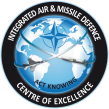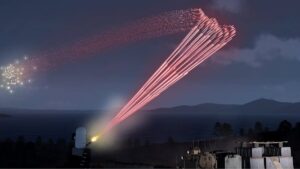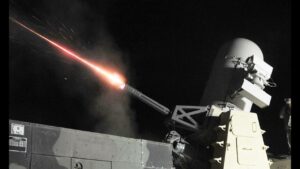C-RAM systems are designed to defend critical resources, deployed forces and key installations against the threat posed by indirect fires of rockets, artillery shells and mortar rounds. They act autonomously with a short time and a high level of system automation. They must be coordinated through airspace control means and be integrated in the NATINAMDS architecture. Common standards and procedures should be applied in order to achieve interoperability.
The IAMD COE suggests that, within the Surface-based Air Defence, a Plug and Fight Modularity Capability is required so that independently deployable C-RAM components can be swapped in and out of the main system with no delay and no degradation of performance.
The IAMD COE also considers that Plug and Fight Modularity Capability is viable within a Fire Control Cluster Capability environment, where Fire Control Systems can team up with clusters, faster communication links in order to provide RAP and real-time missile guidance. This capability acts as power multiplier in the current and future threat environment and is based on the principles of Interoperability and Integration.
Finally, countering small, low and slow targets is a cost effective capability for the C-RAM systems, provided they are using the proper type of ammunition. This capability is strengthening the rationale of the necessity for the C-RAM systems integration within the NATINAMDS architecture.




